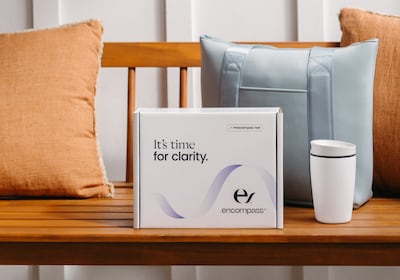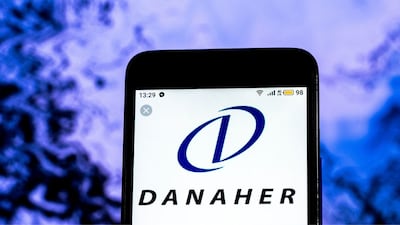The technology-driven medical device industry: that’s so 2014. The 2016 medtech executive has other things on his/her mind, and they all come under the general job title of “value-based health care delivery chain partner.” Titles are not as simple as they once were, and while no one yet wears that precise title on his/her lapel badge (come to that, lapels are not what they once were), medtech companies in the 2010s know they are playing in a totally different arena and are part of an industry in transformation.
This has happened due to the convergence of several factors related to provider/payer cost savings, rising demand for care, a relentless push for quality in patient outcomes, dwindling interest from venture capitalists, a tougher reimbursement environment and the waning attraction of working in primary and secondary care as it is currently structured
Read the full article – start your free trial today!
Join thousands of industry professionals who rely on Medtech Insight for daily insights
- Start your 7-day free trial
- Explore trusted news, analysis, and insights
- Access comprehensive global coverage
- Enjoy instant access – no credit card required
Already a subscriber?






